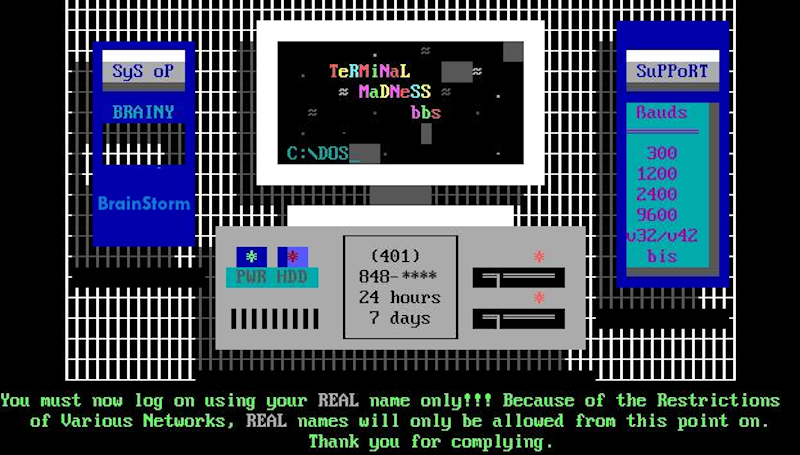Computers, Networking and Artificial Intelligence
Modems to AI: My Journey Through the Changing World of Technology.
My interest in technology began in the early 1990s, when I discovered that a personal computer and a standard telephone line could connect me to other computer systems. This realization completely reframed how I thought about information. For the first time, knowledge was no longer limited to the local library or an aging set of encyclopedias—it could be accessed and shared globally. The answer to any question was suddenly within reach, with a world of people ready and willing to share.
The key was the modem. It was the device that allowed computers to “speak” across phone lines—converting digital data into audible signals, sending them through the telephone line, and decoding them back into usable information on the other end. It was noisy, slow, and at times unreliable, but in those days it felt like pure magic.
Through my computer and a modem, I discovered bulletin board systems (BBSs). They were early digital communities, part message board, part file archive, part game hub. To me, dialing into a BBS was like stepping out of a shoebox into an open field. For the first time, I was communicating with people across the globe. It was exhilarating.
But I didn’t just want to be a participant—I wanted to build. I launched my own BBS, “Terminal Madness”, under the username “BrainStorm”. The name reflected what I loved most: the idea of people sharing ideas, sparking creativity, and solving problems together. Later, when domain names became available, I registered TerminalMadness.com, cementing the name as part of my digital identity.
Below is one of the original welcome screens from Terminal Madness. Callers dialing in through their modems would be greeted by this ANSI art display, listing connection speeds, support information, and a reminder that “real names only” were allowed. Looking back, it’s amazing how much personality we packed into a few kilobytes of text graphics.

My system began with RBBS software, later upgraded to PCBoard so that I could support multiple phone lines simultaneously. At its peak, Terminal Madness had five telephone lines, enabling multiple users to connect, chat, and play “door games”. I also integrated Fidonet mail, which required nightly long-distance calls to relay messages through systems in Maryland, and added CD-ROM drives stocked with hundreds of the latest shareware titles for users to download. Together, these features made the system far more than just a place to talk—it was a hub for communication, entertainment, and software distribution. The scale and cost of operating it underscored just how challenging—and pioneering—running a system like this really was.
It’s worth remembering that all of this happened before the internet we know today—no World Wide Web, no web browsers, no search engines, no online stores. Everything ran in DOS, through the command line. It was simple, sometimes clunky, but it gave us a front-row seat to the birth of digital connection.
One of my proudest milestones was introducing internet email to the local community. Using UUPCB software and a connection through a computer system named Network23 in Portsmouth, Rhode Island, I offered free internet email to my users. For many, Terminal Madness was their first experience sending real internet messages across the world. In retrospect, it was an early step toward the interconnected digital world we take for granted today.
Eventually, I made the decision to shut the system down when I relocated to Virginia. It was the right move at the time—no more $500 phone bills—and it opened the door to new opportunities. In 1996, I began working with a dial-up internet provider in Middletown, RI. Still fascinated by the global reach of internet communication, I decided to run my own mail server on one of my spare computers. I first used SLMail before upgrading to MDaemon, and before long I had also created an internet mailing list dedicated to a musical group I admired. My server regularly distributed messages to thousands of subscribers around the world. It was thrilling to watch technology extend community across borders. I maintained that mail server and listserv for over 27 years, finally shutting it down in November 2023.
In May of 1998, I moved to the Dominican Republic to manage operations for an online business. Five years later, I returned to the U.S. to continue working with computer systems on a Navy base, where I remain today.
Looking back, those formative years built the foundation for my professional life: curiosity, problem-solving, technical adaptability, and the drive to connect people through technology. Today, with the rapid growth of artificial intelligence, I recognize the same sense of possibility that I felt when first dialing into a BBS. The tools are different, but the motivation is the same: leveraging technology to create opportunities, solve problems, and open new doors.
— Chris Mathis
Lifelong technologist | From BBS to AI
